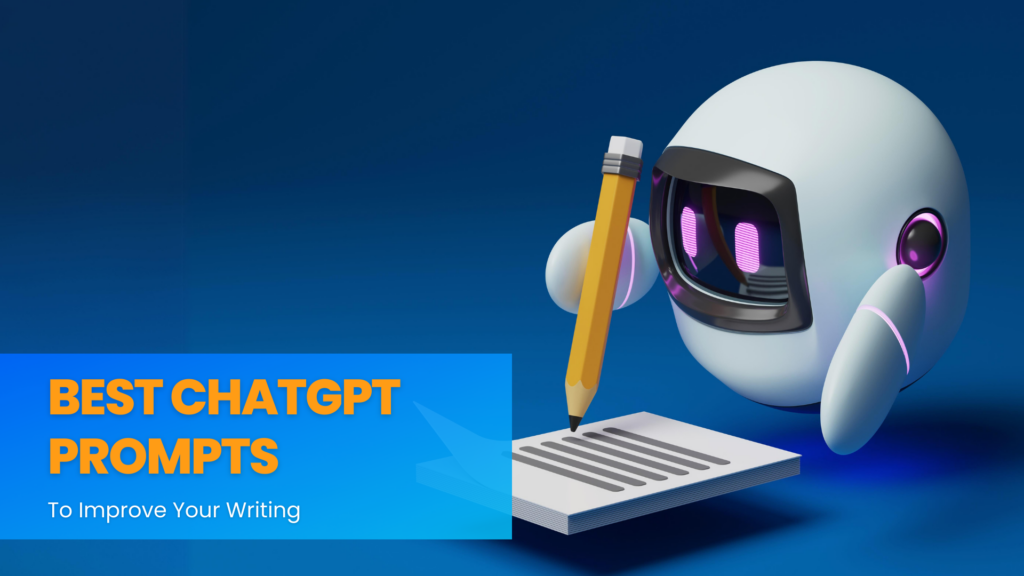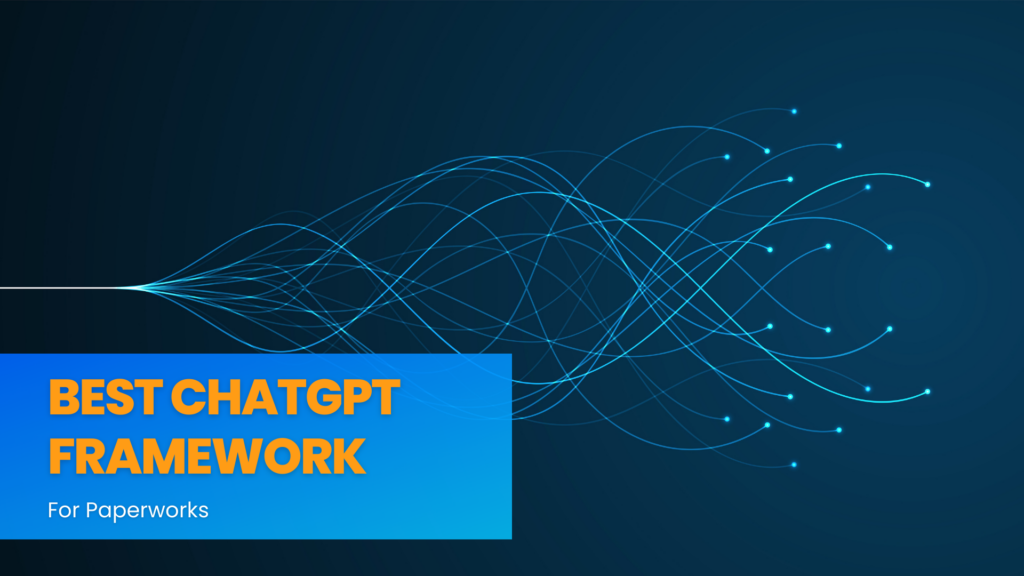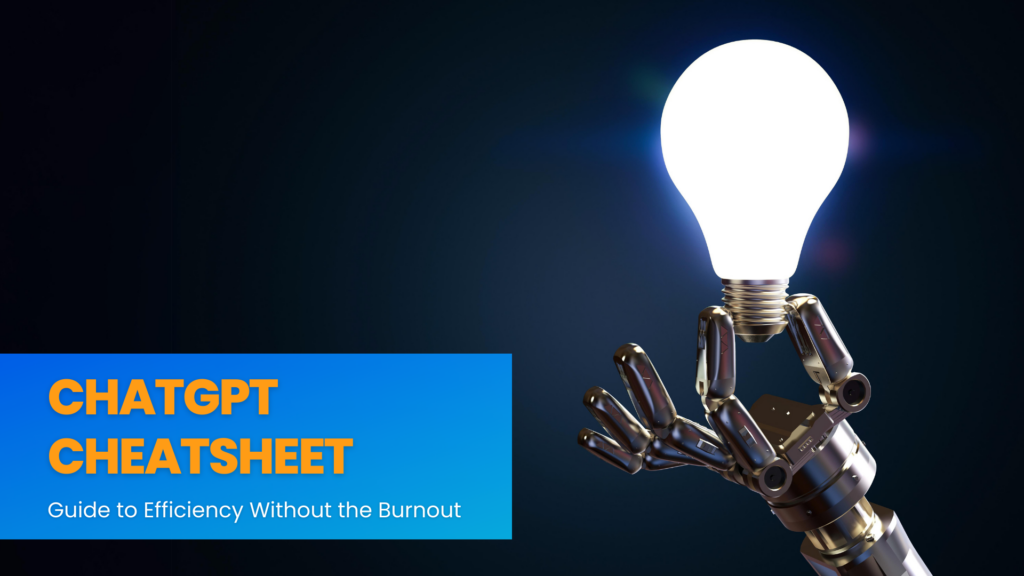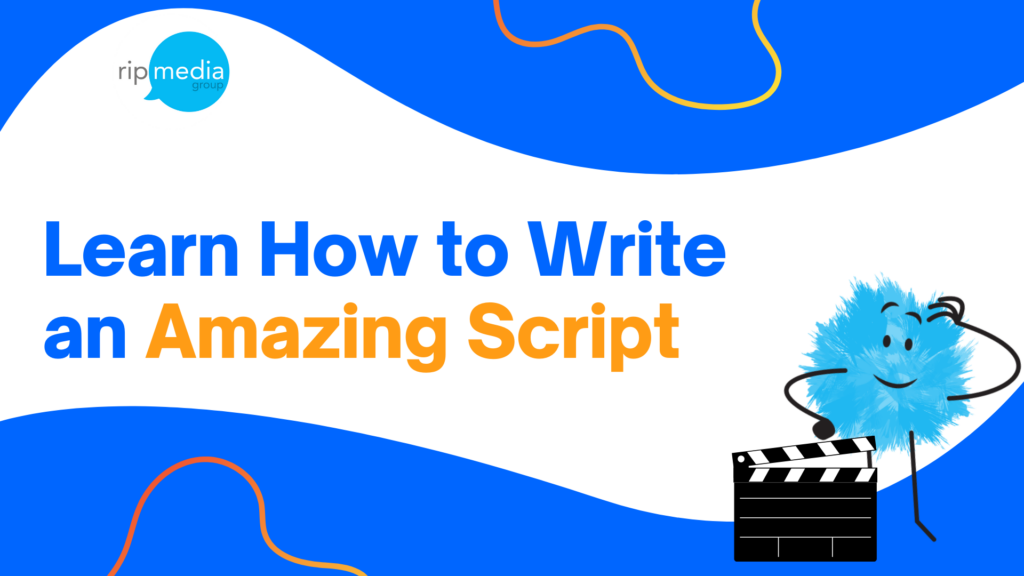OpenAI recently unveiled a comprehensive Prompting Guide, shedding light on how to craft effective prompts for better results with AI models like ChatGPT. Whether you’re a student, a professional, or just an AI enthusiast, understanding these techniques can significantly enhance your interactions with AI. Let’s dissect this guide to grasp its full potential.
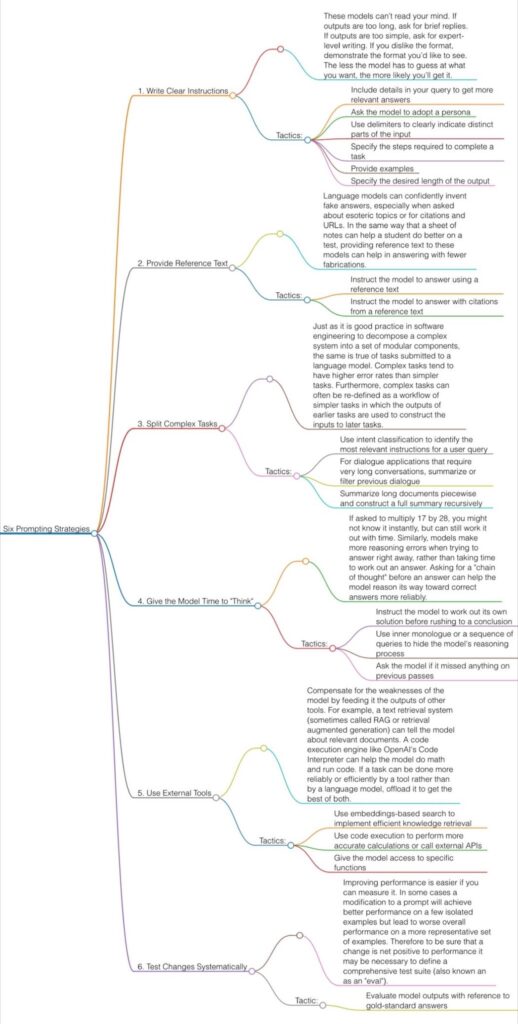
1. Write Clear Instructions
The clarity of your prompt is crucial. It’s like giving directions – the more precise, the better the journey.
Key Points:
- Include Relevant Details: Be specific about what you need. If it’s an essay, mention the topic and required length.
- Adopt a Persona: You can ask the AI to assume a specific role, like a tutor or a consultant, to suit your needs.
- Specify Tasks and Roles: Clearly state what you expect, whether it’s analyzing data, creating content, or solving a problem.
- Provide Examples: Giving examples can guide the AI in the direction you want.
Example Prompts:
- “Explain <topic> in simple terms for a high school student.”
- “Act as a <role> and give advice on <topic>.”
- “Create a detailed plan for <task> as if you were a <role>.”
- “List the steps for <task> in <specific format>.”
- “Compare and contrast <topic A> and <topic B> in a professional report format.”
- “Summarize the book <book title> in <number> paragraphs.”
- “Write a <style> article about <topic>.”
- “Draft a speech for a <event> on <topic>.”
- “Provide a step-by-step tutorial on <skill or topic>.”
- “Create a FAQ section for a website about <topic>.”
- “Draft an email to <audience> explaining <topic>.”
- “Outline a project proposal for <project idea>.”
- “Compose a <style> review of <product/service>.”
- “Develop a marketing strategy for <product/service>.”
- “Analyze <data set or case study> and present findings in a report.”
2. Provide Reference Text
Using reference texts helps the AI understand the context and depth of the information you’re seeking.
Key Points:
- Ask for Reference Text: If you need information on a specific topic, ask the AI to provide or use reference texts.
- Instruct for Citations: For academic or professional work, instruct the AI to include citations, making the information more reliable.
Example Prompt:
- “Find and summarize three articles on <topic> from credible sources.”
- “Provide a brief overview of <topic> using scholarly references.”
- “List and describe three major studies on <topic>.”
- “Explain <topic> and include citations from <specific field or author>.”
- “Summarize the book <book title> and include key quotations.”
- “Compare different viewpoints on <topic> from at least two sources.”
- “Create an annotated bibliography for <topic>.”
- “Detail the history of <topic> with references to primary sources.”
- “Explain <scientific theory> and reference key scientific papers.”
- “Provide a case study on <topic> with relevant citations.”
- “Summarize the latest research findings on <topic> from academic journals.”
- “Give a critical analysis of <literary work> with citations from literary critics.”
- “Draft a report on <topic> using industry-specific sources.”
- “Analyze <historical event> using primary and secondary sources.”
- “Review <topic> and include expert opinions and references.”
3. Split Complex Tasks
Breaking down complex tasks into simpler components can significantly improve the quality of the AI’s responses.
Key Points:
- Use Intent Clarification: If a task is multifaceted, clarify your intent for each part.
- Summarize Long Tasks: Long or complex tasks should be summarized into manageable parts.
- Provide Summaries: Ask the AI to give summaries at each stage of the task to keep track of progress.
Example Prompt:
- “Break down the process of <complex task> into manageable steps.”
- “Start with an overview of <topic>, then delve into each key aspect.”
- “For <project>, outline the initial steps, followed by detailed instructions for each.”
- “Explain <concept> starting with a summary, then detailed explanations of each part.”
- “Describe <event> in stages, providing a summary at each stage.”
- “Develop a plan for <project> in phases, with a brief for each phase.”
- “For <research topic>, start with general information, then focus on specific areas.”
- “Outline the storyline of <book or movie>, summarizing each chapter or scene.”
- “Teach <skill or topic>, beginning with basics, then advancing to complex concepts.”
- “For <topic>, provide a brief introduction, then detailed analyses of key points.”
- “Explain <scientific process>, starting with an overview, then detailing each step.”
- “Analyze <case study>, starting with background, then specific analysis.”
- “Present the evolution of <topic> over time, summarizing each key period.”
- “For <technical process>, give an overview, then step-by-step instructions.”
- “Discuss <philosophical concept>, beginning with a general overview, followed by an in-depth discussion of main ideas.”
4. Give the Model Time to Think
Encouraging AI to take its time can lead to more thoughtful and comprehensive responses.
Key Points:
- Instruct Model to Take Time: Sometimes, a prompt that encourages the AI to ‘think’ can yield better results.
- Use Inner Monologue: Asking the AI to express its ‘thought process’ can add depth to its responses.
- Ask for Mistakes: Encourage the AI to identify any potential mistakes or uncertainties in its response.
Example Prompts:
- “Take your time to analyze <topic> thoroughly.”
- “Reflect on <topic> and provide a detailed response.”
- “Consider all aspects of <issue> before responding.”
- “Deliberate on <topic> and identify potential challenges.”
- “Ponder over <question> and provide a well-thought-out answer.”
- “Carefully examine <topic> and list possible solutions.”
- “Contemplate on <scenario> and describe possible outcomes.”
- “Take a moment to process <information> before summarizing.”
- “Reflect deeply on <historical event> and its implications.”
- “Think carefully about <literary work> and interpret its themes.”
- “Carefully evaluate <business case> before providing recommendations.”
- “Consider <ethical dilemma> and present a balanced argument.”
- “Take time to understand <complex problem> before solving.”
- “Deliberate on <artistic work> and discuss its artistic value.”
- “Mull over <scientific theory> and explain it in layman’s terms.”
5. Adapt Strategies
The guide emphasizes the importance of being flexible and adapting your strategies based on the task at hand.
Tips:
- Experiment with different types of prompts for various tasks.
- Be open to modifying your approach based on the AI’s responses.
Example Prompts:
- “For a creative task like <task>, use an imaginative approach.”
- “Adapt your response to suit a <specific audience> when discussing <topic>.”
- “Switch to a more formal tone for an academic essay on <topic>.”
- “Use a conversational style for explaining <topic> to beginners.”
- “For a technical analysis of <topic>, use industry-specific jargon.”
- “Adopt a persuasive tone for a speech on <topic>.”
- “When discussing <sensitive topic>, use a sensitive and respectful approach.”
- “For a humorous article on <topic>, incorporate witty remarks.”
- “In a debate on <topic>, use a logical and argumentative strategy.”
- “For a report on <topic>, use a clear and concise writing style.”
- “In a review of <product/service>, use a critical yet fair approach.”
- “Adapt your explanation of <scientific concept> for a young audience.”
- “Use a narrative style for recounting the history of <topic>.”
- “For a problem-solving task involving <issue>, use a methodical approach.”
- “In a discussion about <artistic movement>, adopt an analytical perspective.”
Wrapping Up:
OpenAI’s Prompting Guide is a treasure trove for anyone looking to leverage AI effectively. By mastering the art of crafting prompts, you unlock the full potential of AI, making it a valuable asset in your personal and professional life. Remember, the key is in the details – the clearer and more specific your prompts, the better the AI can assist you.
Three Things you can do to keep fast track of your learning:
- Connect on Linkedin as I share valuable lessons weekly.
- Fast track your learning: Get the 6 Steps plus 15 years of Hollywood and Agency experience in one Workshop and masterclass.
- Use the template: 18 Scripts that Sell (also included in every Script-Timer plan)

